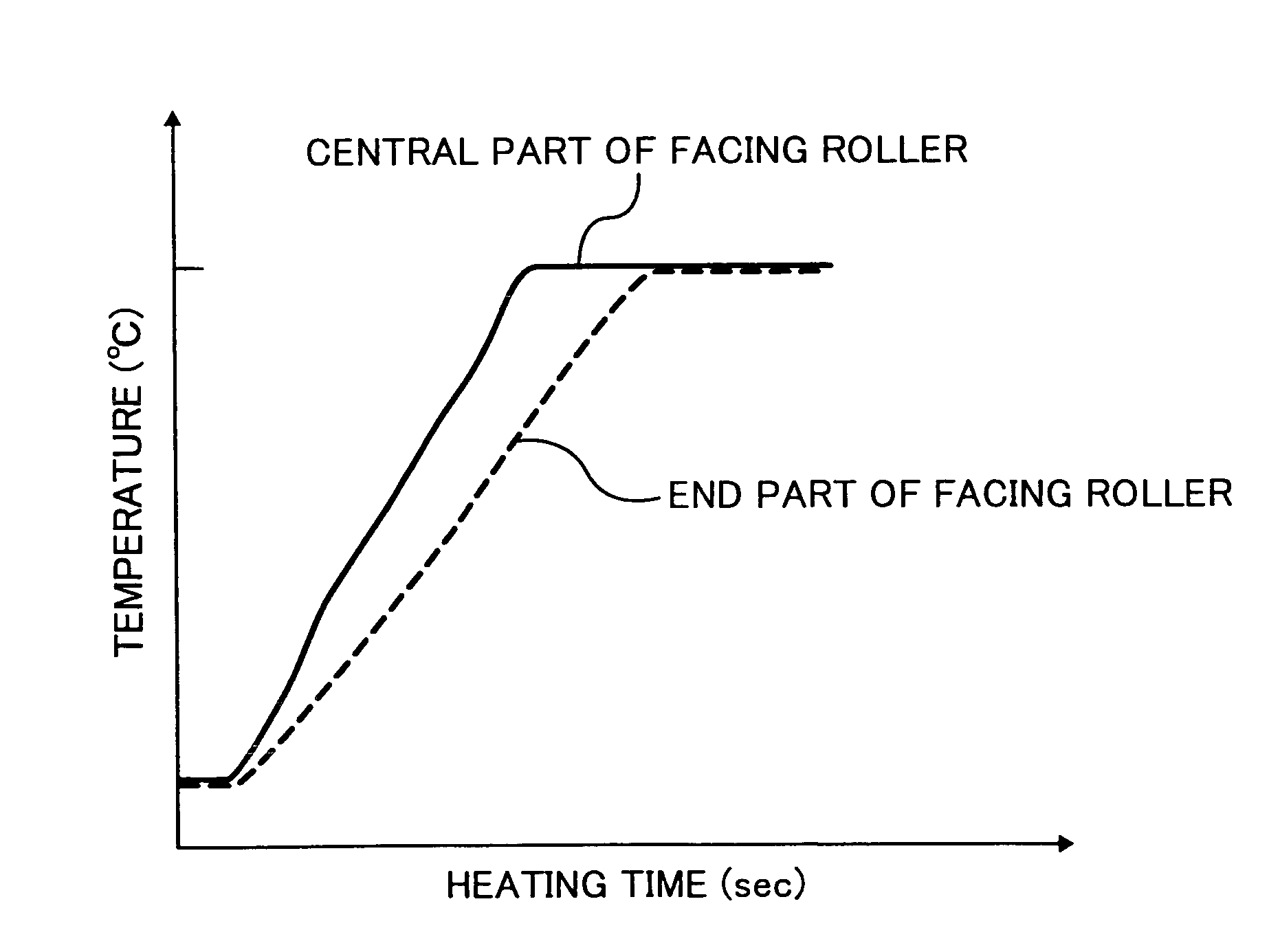Toner, developer, image forming method, image forming apparatus, process cartridge, and toner container
- Summary
- Abstract
- Description
- Claims
- Application Information
AI Technical Summary
Benefits of technology
Problems solved by technology
Method used
Image
Examples
example 1
Preparation of Wax / Colorant Dispersion (1)
[0473] At first, 1435 parts of the wax dispersion liquid (1), 500 parts of the master batch (1), and 500 parts of ethyl acetate were mixed and agitated for 1 hour to prepare a raw material dispersion (1).
[0474] Then 1324 parts of the raw material dispersion (1) was subjected to a dispersion treatment using a bead mill (ULTRAVISCOMILL (trademark) from Aimex Co., Ltd.). The dispersing conditions were as follows. [0475] Liquid feeding speed: 1 kg / hour [0476] Peripheral speed of disc: 6 m / sec [0477] Dispersion media: zirconia beads with a diameter of 0.5 mm [0478] Filling factor of beads: 80% by volume [0479] Repeat number of dispersing operation: 3 times (3 passes)
[0480] Then 1324 parts of a 65% ethyl acetate solution of the unmodified polyester (1) were added thereto. The mixture was subjected to the dispersion treatment using the bead mill. The dispersion conditions are the same as those mentioned above except that the dispersion operatio...
example 2
[0504] The procedure for preparation of the toner (1) in Example 1 was repeated except that the wax dispersion liquid (1) was replaced with the wax dispersion liquid (2). Thus, a toner (2) was prepared.
example 3
[0505] The procedure for preparation of the toner (1) in Example 1 was repeated except that the wax dispersion liquid (1) was replaced with the wax dispersion liquid (3). Thus, a toner (3) was prepared.
PUM
 Login to View More
Login to View More Abstract
Description
Claims
Application Information
 Login to View More
Login to View More - R&D
- Intellectual Property
- Life Sciences
- Materials
- Tech Scout
- Unparalleled Data Quality
- Higher Quality Content
- 60% Fewer Hallucinations
Browse by: Latest US Patents, China's latest patents, Technical Efficacy Thesaurus, Application Domain, Technology Topic, Popular Technical Reports.
© 2025 PatSnap. All rights reserved.Legal|Privacy policy|Modern Slavery Act Transparency Statement|Sitemap|About US| Contact US: help@patsnap.com



